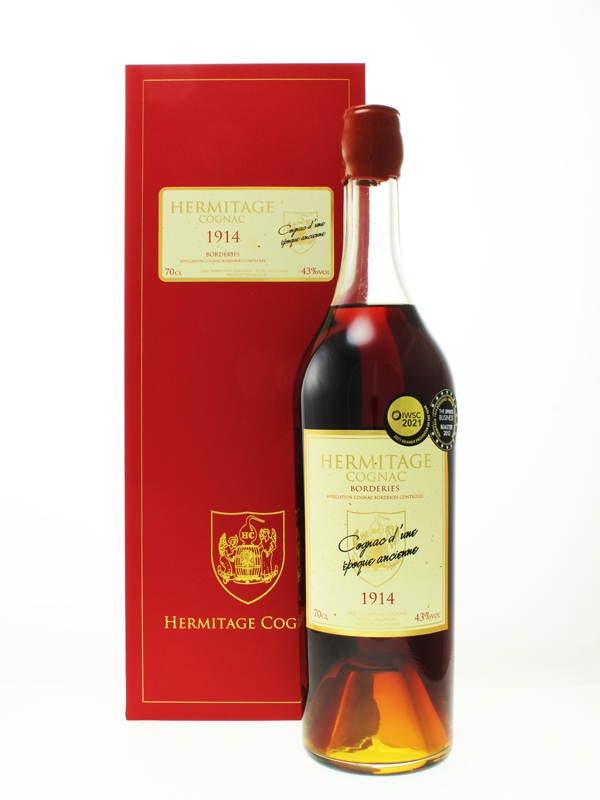The Cognac Process – Part 14. Modern Times
By the mid-20th century the ‘big two’ cognac houses had become the ‘big four’ with Courvoisier and Remy Martin selling substantial quantities to both the Asian and American markets. Demand from major cities such as Detroit and Cleveland really helped to boost sales. Remy focused their appeal on cognacs made in the Champagnes but across the board, the growers were not ready for the inevitable surge in demand. Vast new vineyards were planted and as viticulture techniques continued to improve, production levels increased dramatically. Even so, keeping up with the large volume demand from the big houses was challenging for the Cognaçaise. Eventually, it was the development of the Chinese markets that saved the day as demand moved towards smaller volumes of more expensive cognacs. Hennessy had pioneered this market before the Second World War with their XO cognacs but now other houses followed suit.
As a consequence of the growth of the larger houses some of the smaller growers and distillers chose to develop their own styles. This has enabled specialised houses, such as Hermitage Cognacs, to identify and sell the finest, single estate cognacs from the top cognac crus such as our Hermitage 1975.

